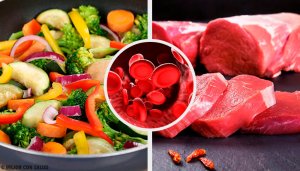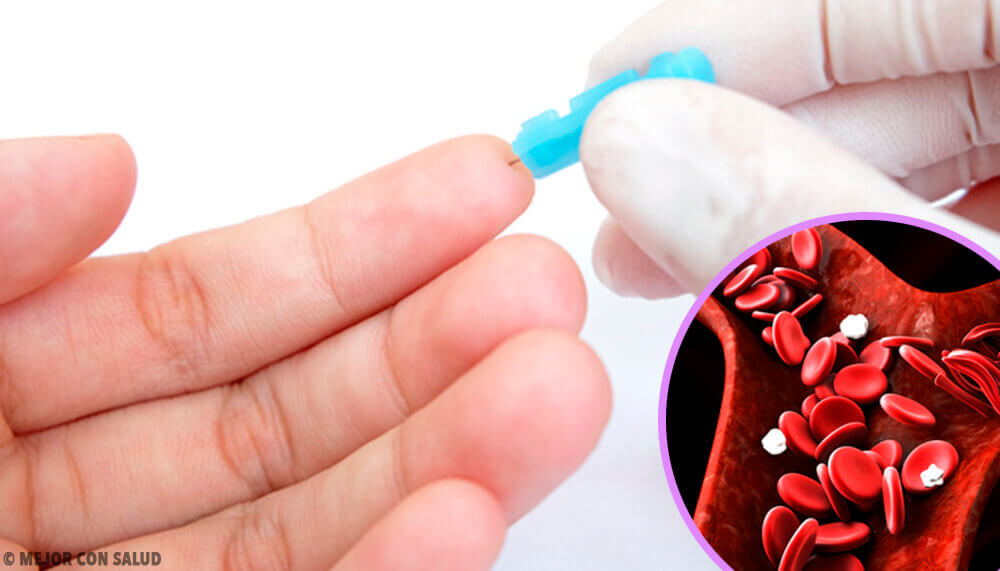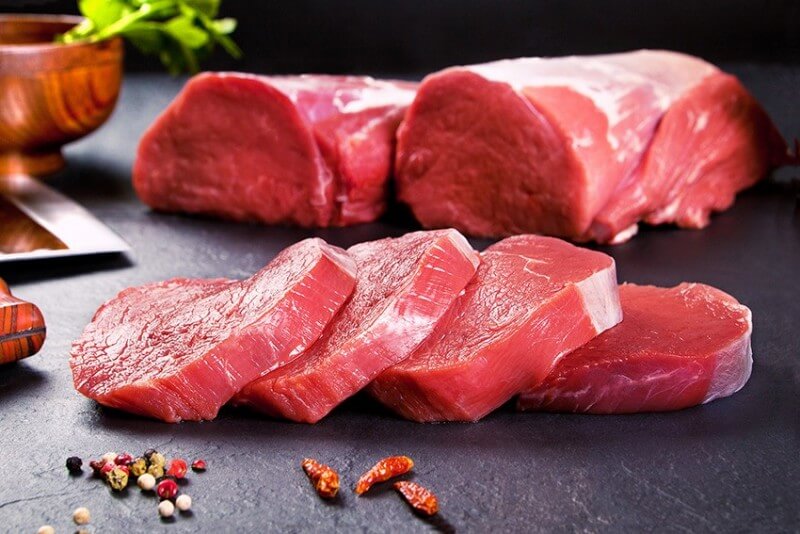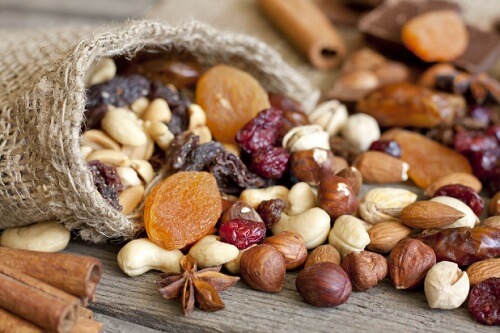Foods that You Should Eat to Have Normal Hemoglobin Levels


Written and verified by the doctor Mario Benedetti Arzuza
What do you think of when you hear hemoglobin levels? In reality, it is a very common word. The majority of people relate it with anemia. However, not many people really know what it is.
Hemoglobin is a globular protein, meaning there are high concentrations of it found in red blood cells.
It’s in charge of transporting oxygen to the peripheral tissues and carbon dioxide to the lungs to be excreted.
- Its normal levels oscillate between 12-16 g/dl in women and 13-18 g/dl in men.
What is anemia?
Anemia is a decrease in hemoglobin concentration.
According to the World Health Organization, anemia is considered present when your hemoglobin levels are lower than the previously stated levels.
Who can suffer from low hemoglobin levels?

- Infants and adolescents
- Women at a reproductive age
- Women with abnormal bleeding
- Adults older than 65 years old
- Patients with a Helicobacter pylori infection
- Vegetarians
- Patients with digestive tube bleeding
Symptoms of anemia
- Fatigue or weakness
- Pale or yellowish skin
- Feeling out of breath or dizzy
- Excessive thirst
- Sweat
- Fast breathing
- Cramps in your inner thighs
- Abnormal cardiac rhythm
How to prevent it?
The only way to prevent it is to carry out a healthy diet rich in nutrients that produce healthy blood cells. You should especially eat foods that contain iron, vitamin B12, folic acids and vitamin C. Fortunately, these nutrients are found in a lot of different foods.
Also, it’s important to keep the following recommendations in mind:
- Eat foods and drinks that are rich in nutrients: vegetables, whole grains, fruits, seafood, meat, beans, seeds, among others.
- Limit your consumption of salt, sugars, refined grains and fats.
- Control weight gain by reducing your calorie intake.
- Check the label of every food to reduce the risk of food based illnesses.
Recommended foods
It’s worth noting that iron is that main ingredient responsible for producing hemoglobin. It produces energy in the cell with the help of oxygen.
Once the iron enters the body, it stays in the blood, organs and muscles.
There are two types of iron: from animals, called heme iron, and from vegetables, known as non heme iron.
However, iron isn’t easy to get since the majority of foods only contain small amounts of it and, on occasion, the body doesn’t absorb it.
In fact, vegetable origin iron is the most easily absorbed by the body.
Animal origin foods

- Clams: Molluscs are rich in iron. They contain about 24 mg for every 100 g.
- Mussels Contain 4.5 mg for every 100 g.
- Sardines are rich in unsaturated omega 3 fatty acids and also provide 3.2 mg of iron for every 100 g.
- Liver can can be from pig or cow. It also contains folic acid and vitamin B12 as well as 8 mg of iron for every 100 g. This helps with the formation of blood cells.
- Quail is rich in proteins and essential amino acids. These birds have 7.7 mg for every 100 g.
- Beef: The amount of iron in beef is much higher than that in white meats. It’s also a source of potassium and phosphorus. It has 2.5 mg for every 100 g.
- Eggs: Contain vitamin C, folic acid, calcium as well as 2.2 mg of iron for every 100 g.
Vegetable origin foods
- Spinach is rich in vitamins and minerals. It contains potassium, magnesium and 4 mg of iron for every 100 g.
- Chard: This vegetable contains folates that help to form red and white blood cells as well as antibodies in the immune system. It also contains 3.1 mg of iron for every 100 g.
- Lima beans: These beans contain minerals, vitamins, proteins, calories and antioxidants. For every 100 g, they have 8.5 mg of iron.
- Lentils are rich in vitamins (A, B1, B2, B3, B6, C and E). They also contain potassium, phosphorus, calcium and sodium. As for iron, lentils contain 7.1 mg for every 100 g.
Nuts

- Pistachios: This nut contains high levels of lutein, beta carotene and vitamins. They also contain fiber and 7.3 mg of iron for every 100 g.
- Almonds and hazelnuts: Both have protein and carbohydrates. As for iron, they contain 4.2 mg for every 100 g.
- Peanuts: These nuts contain vitamins and minerals, like niacin. They contain 2 mg of iron for every 100 g.
All cited sources were thoroughly reviewed by our team to ensure their quality, reliability, currency, and validity. The bibliography of this article was considered reliable and of academic or scientific accuracy.
-
Bunn, H. F. (2011). Approach to the Anemias. In Goldman’s Cecil Medicine: Twenty Fourth Edition. https://doi.org/10.1016/B978-1-4377-1604-7.00161-5
-
DeLoughery, T. G. (2017). Iron Deficiency Anemia. Medical Clinics of North America. https://doi.org/10.1016/j.mcna.2016.09.004
-
Hsia, C. C. W. (1998). Respiratory Function of Hemoglobin. New England Journal of Medicine. https://doi.org/10.1056/NEJM199801223380407
-
Khuu, G., & Dika, C. (2017). Iron deficiency anemia in pregnant women. Nurse Practitioner. https://doi.org/10.1097/01.NPR.0000516124.22868.08
This text is provided for informational purposes only and does not replace consultation with a professional. If in doubt, consult your specialist.








